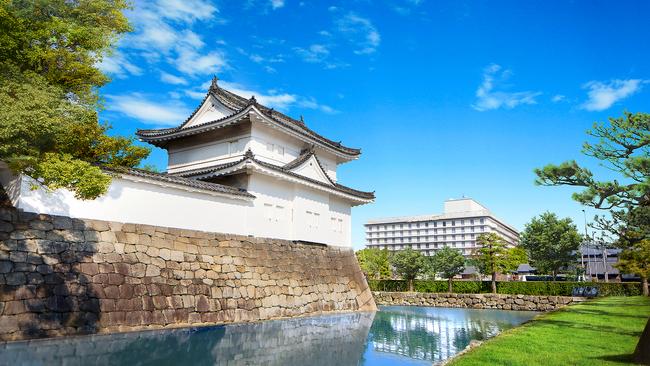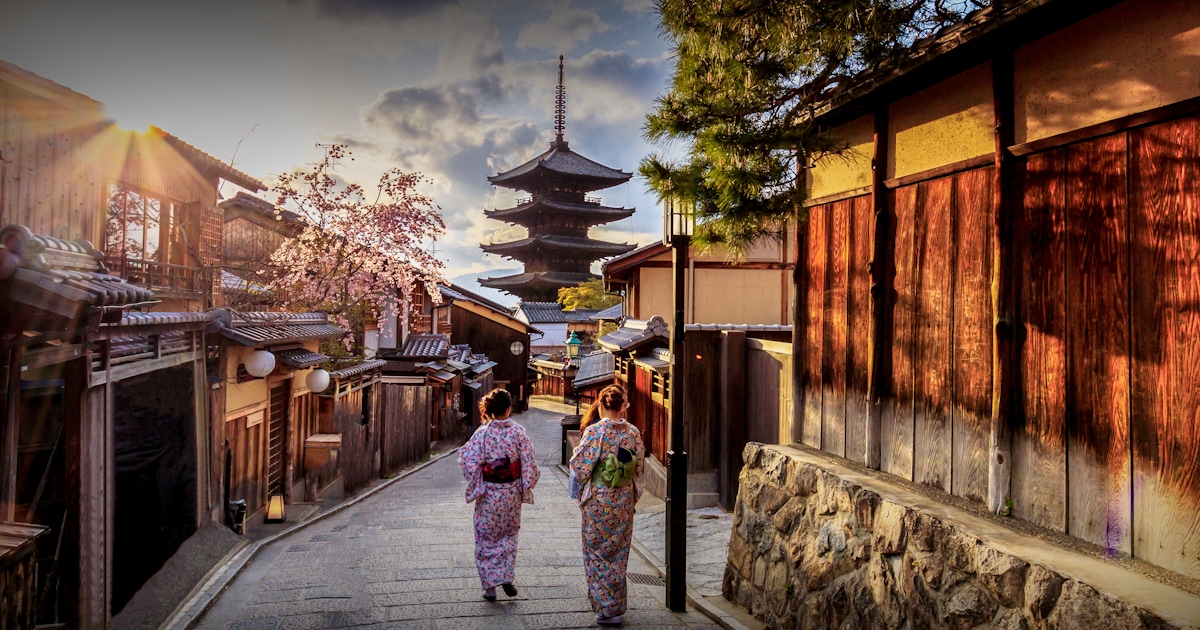Japan is renowned for its rich cultural heritage and beautiful architecture, and Nijo Castle is a prime example of both. Located in Kyoto, the castle was built in 1603 as the residence of the first shogun of the Edo Period, Tokugawa Ieyasu. It was later used as an imperial palace, and today it is a designated UNESCO World Heritage Site.
Design and Features
Nijo Castle’s design is a beautiful blend of traditional Japanese architecture and the military defense systems of feudal Japan. It has two concentric rings of fortifications, a moat, and stone walls. The walls were designed to be high enough to discourage any attackers from climbing over them. The moat, on the other hand, was filled with water from the Kamo River and acted as an additional barrier.
The castle also has several architectural features that make it unique. The most prominent of these features is the “nightingale floor.” The floors of some of the corridors in the castle are designed to make a chirping sound when anyone walks on them. The purpose of this was to alert the castle guards of any intruders.
Another notable feature of the castle is the extensive use of gold leaf. The palace rooms have beautifully decorated sliding doors and painted ceilings covered in gold leaf, creating an atmosphere of luxury and grandeur.
Visiting Nijo Castle
Visitors to Nijo Castle can explore the castle’s extensive grounds and experience its stunning architecture firsthand. The castle is open to the public year-round, except for a few days during the New Year’s holiday.
Visitors can start their tour by entering through the Karamon gate, which is decorated with intricate carvings and ornate gold leaf work. This leads to the Ninomaru Palace, which is the main attraction of the castle. The palace has several rooms that are open to the public, including the beautiful reception hall and the shogun’s private chambers.
One of the most unique experiences of visiting Nijo Castle is walking on the nightingale floor. Visitors can walk on a small section of the floor to experience the chirping sound firsthand. However, visitors are not allowed to walk on the nightingale floor in the palace rooms to prevent any damage to the delicate floorboards.
In addition to the palace, visitors can also explore the castle’s beautiful gardens and enjoy the cherry blossom trees in the spring.
Conclusion
Nijo Castle is a beautiful example of traditional Japanese architecture and a symbol of Japan’s rich cultural heritage. Its unique features and stunning design make it a must-see for anyone visiting Kyoto. Visitors can experience the castle’s grandeur and imagine what life was like for the shoguns and emperors who once called it home.











